Discovering Birds in Your Great Backyard
By Dan Lambert, Center for Northern Woodlands Education
Photo Credit for All Images: Northern Woodlands
northernwoodlands.org
Do you have 15 minutes and a backyard? Or even just 15 minutes?
Then you’re ready to participate in a global phenomenon taking place from Friday, February 12th to Monday, February 15th: the Great Backyard Bird Count. Last year, nearly 270,000 participants from 194 countries observed 27 million birds during this four-day event. A North American favorite, the Northern Cardinal, topped the list of most commonly reported species, followed by Dark-eyed Junco, and Mourning Dove. All three are frequent visitors to feeding stations and fencerows throughout Lyme.
The worldwide snapshot of bird populations captured another 6,939 species in 2020, including the Siberian Accentor and Yellow-eyed Babbler. If you don’t know your accentors from your babblers, join the crowd! Beginning birdwatchers are key contributors to the count, submitting valuable sightings of more familiar birds like goldfinches, woodpeckers, and chickadees.
Whether you count birds through your kitchen window or venture outdoors in search of rarities, the point is to experience joy in the beauty of birds and in the fellowship of others who appreciate them. The minimum time commitment is just 15 minutes, but don’t be surprised if you spend hours searching your neighborhood or natural areas around town. As you warm up back at home, enter your observations at birdcount.org and watch checklists roll in from around the world. Each submitted checklist helps the National Audubon Society and Cornell Lab of Ornithology monitor the status of birds and guide efforts to protect them.
The Ten Most Frequently Reported Species in 2020
with links to related articles by Northern Woodlands
- Northern Cardinal
- Dark-eyed Junco
- Mourning Dove
- Downy Woodpecker
- Blue Jay
- House Sparrow
- House Finch
- American Crow
- Black-capped Chickadee
- Red-bellied Woodpecker
Beyond your Backyard: Lyme Birding Has it All
During winter, feeders and fruit laden crab apple trees tend to be birdwatching hotspots in our region since they attract a variety of species, from grosbeaks to waxwings. That may explain the Prius creeping slowly by your house after a flock has descended on your dooryard. But as the season thaws other sites start to heat up around Lyme.
Location: on the west side of Route 10, just north of Post Pond
The Lyme Conservation Commission manages this 23-acre preserve, which features fields, a shrubby wetland, and open water on Post Pond and Little Post Pond. This combination of habitats has attracted 146 bird species in recent years, including 16 varieties of waterfowl and scores of songbirds that either breed on the property or stop over during migration.
Look for Red-winged Blackbirds beginning in March, and Wood Ducks and Common Mergansers as the ice recedes. Mid-May is the best time to see a large variety of birds, with local nesters settling in and northern breeders passing through. Common birds that raise their young here include: Eastern Kingbird, Tree Swallow, Gray Catbird, Common Yellowthroat, Yellow Warbler, and Song Sparrow.
Location: 0.7 mi south on River Road from its junction with East Thetford Road
The Grant Brook birding hotspot lies at the western edge of a 300-acre conservation area comprised of woods, meadows, and pasture. Pull off the road near the confluence of Grant Brook and the Connecticut River to see American Black Duck, Hooded Merganser, Belted Kingfisher, and Northern Rough-winged Swallow. Listen for the Warbling Vireo’s sweet song in treetops along the water’s edge and for the cascade of “veer” notes from the Veery, a thrush that favors riparian thickets.
To hear more forest birds, walk east toward the village along the Lower Grant Brook Trail, maintained by the Upper Valley Land Trust. Previous sightings along this stretch have included locally uncommon birds like Louisiana Waterthrush, Blue-gray Gnatcatcher, and Yellow-throated Vireo.
Wilder Wildlife Management Area
Location: on the west side of River Road, stretching nearly 1 mi south from the bridge over Grant Brook; an entrance is located about ¼ mile south of the bridge
Grant Brook empties into the river through the northern tip of this 60-acre parcel, a New Hampshire Fish and Game property with a mosaic of agricultural fields, river backwater, emergent wetlands, and shrubby floodplain. Mallards and Wild Turkeys are abundant here, as are most of the common species noted above for Chaffee Wildlife Sanctuary and Grant Brook. Also look for Chestnut-sided Warblers, Swamp Sparrows, and American Redstarts.
For marshier floodplain habitat, follow Route 10 north from Lyme for 6 miles to Reed’s Marsh Wildlife Management Area, also managed by Fish and Game. Listen at dawn or dusk for the rarely seen, but sometimes heard marsh specialists: American Bittern, Virginia Rail, and Marsh Wren. Less cryptic species at this site include: Great Blue Heron, Bald Eagle, and all the regulars from your backyard.
Location: from Lyme Center, follow Dorchester Road for 1.3 mi and bear left just before the Dartmouth Skiway; continue 1.8 mi to the trailhead for the Ranger Trail and Lambert Ridge Trail, located on the left just before a bridge over Grant Brook
If you like to sweat while watching birds, this moderately strenuous, four-mile hike will take you up about 2,400’ through northern hardwood, mixed forest, and spruce-fir habitats. Ovenbirds, Red-eyed Vireos, and Black-throated Blue Warblers will keep you company on a late spring or early summer hike through lower-flank sugar maples and yellow birch. As you gain elevation and conifers become more prominent, Hermit Thrushes, Winter Wrens, and Black-throated Green Warblers will chime in.
When you hear your first Swainson’s Thrush, then you know you’re approaching a sky island of montane forest – home to Dark-eyed Juncos, White-throated Sparrows, and Blackpoll Warblers. Pack a headlamp during the first week of June for your best shot at hearing Bicknell’s Thrush, a rare and globally vulnerable species that inhabits – at least in some years – the highest elevations of this 3,238’ mountain.
The Best Place to Find Birds
With spring around the corner, it won’t be long before you’ll have trouble choosing among the best local places to find birds. Barred Owls and cavity-nesting songbirds, like Black-capped Chickadee and Tufted Titmouse, have already begun to sing on February’s sunnier days. By mid-March, Red-Winged Blackbirds will stream in to wherever last year’s cattails poke up through the softening ice. But for now, the best place to watch birds may be in your backyard (or your neighbor’s!) as part of the Great Backyard Bird Count.
If you choose to participate, share your weekend highlights with shelby@cclyme.org, or call me at 603-795-0660 to chat about what you saw.

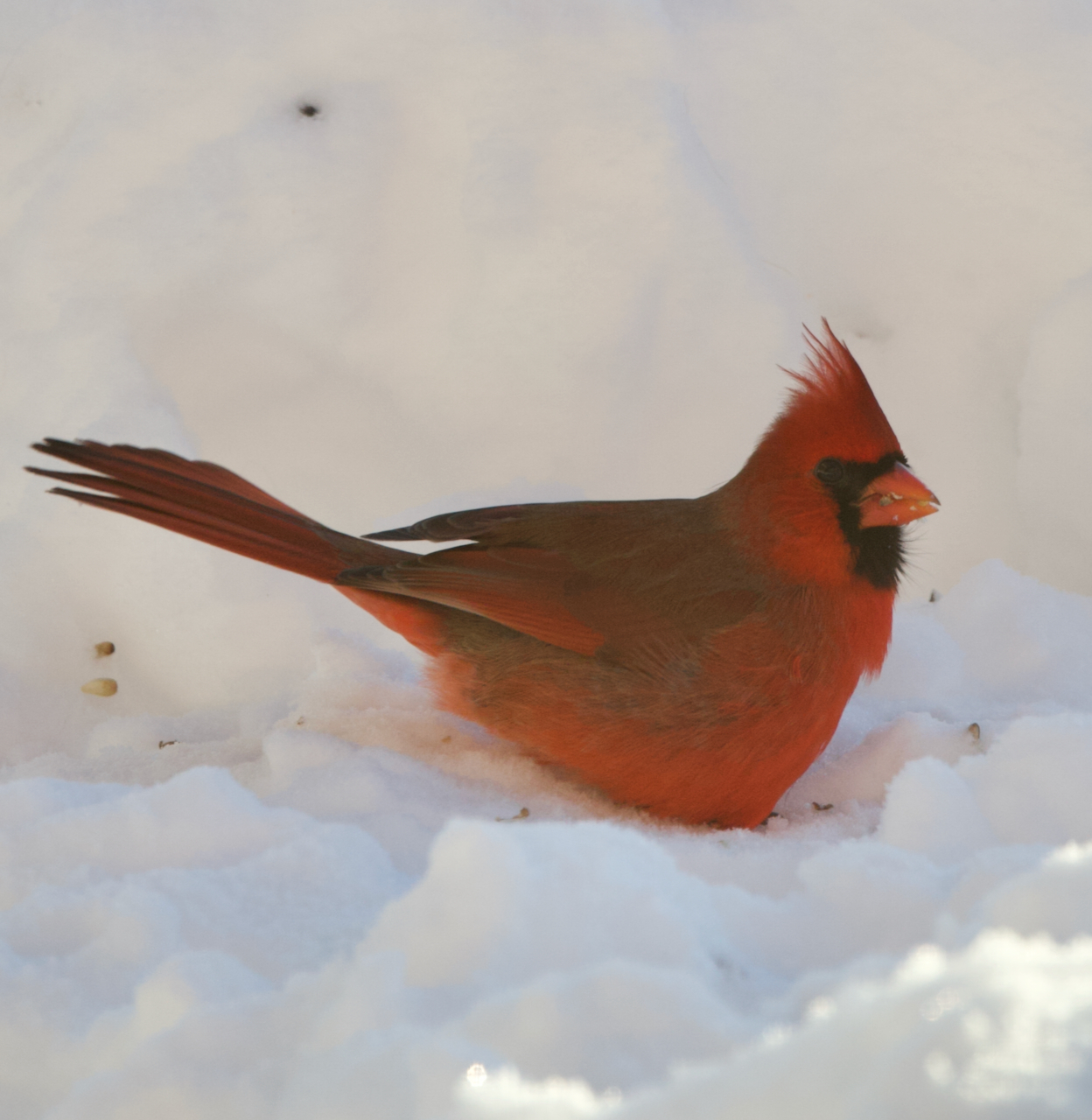
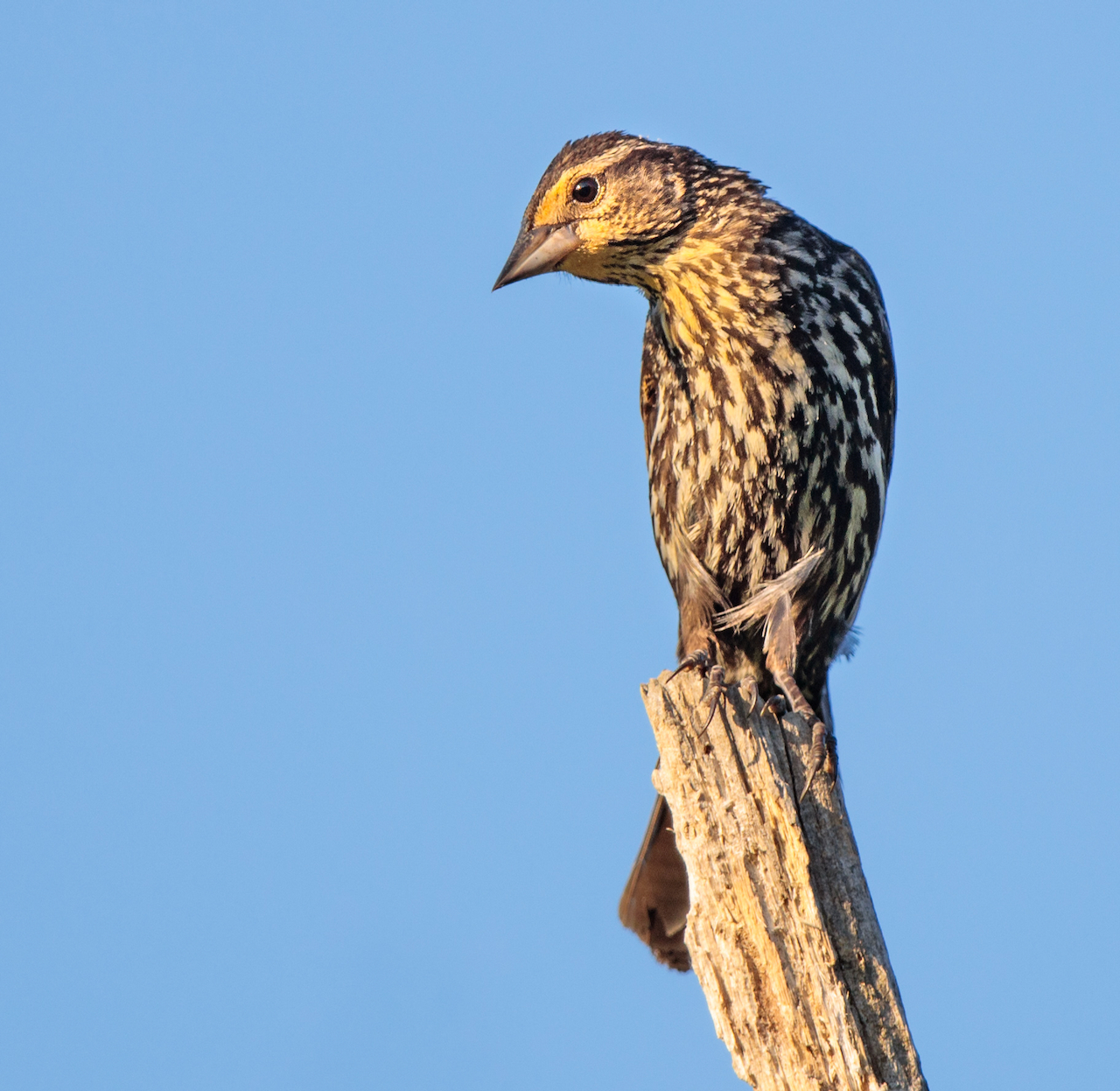
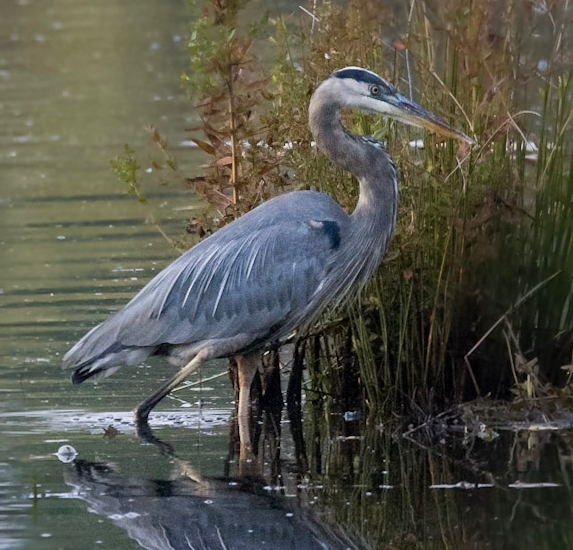
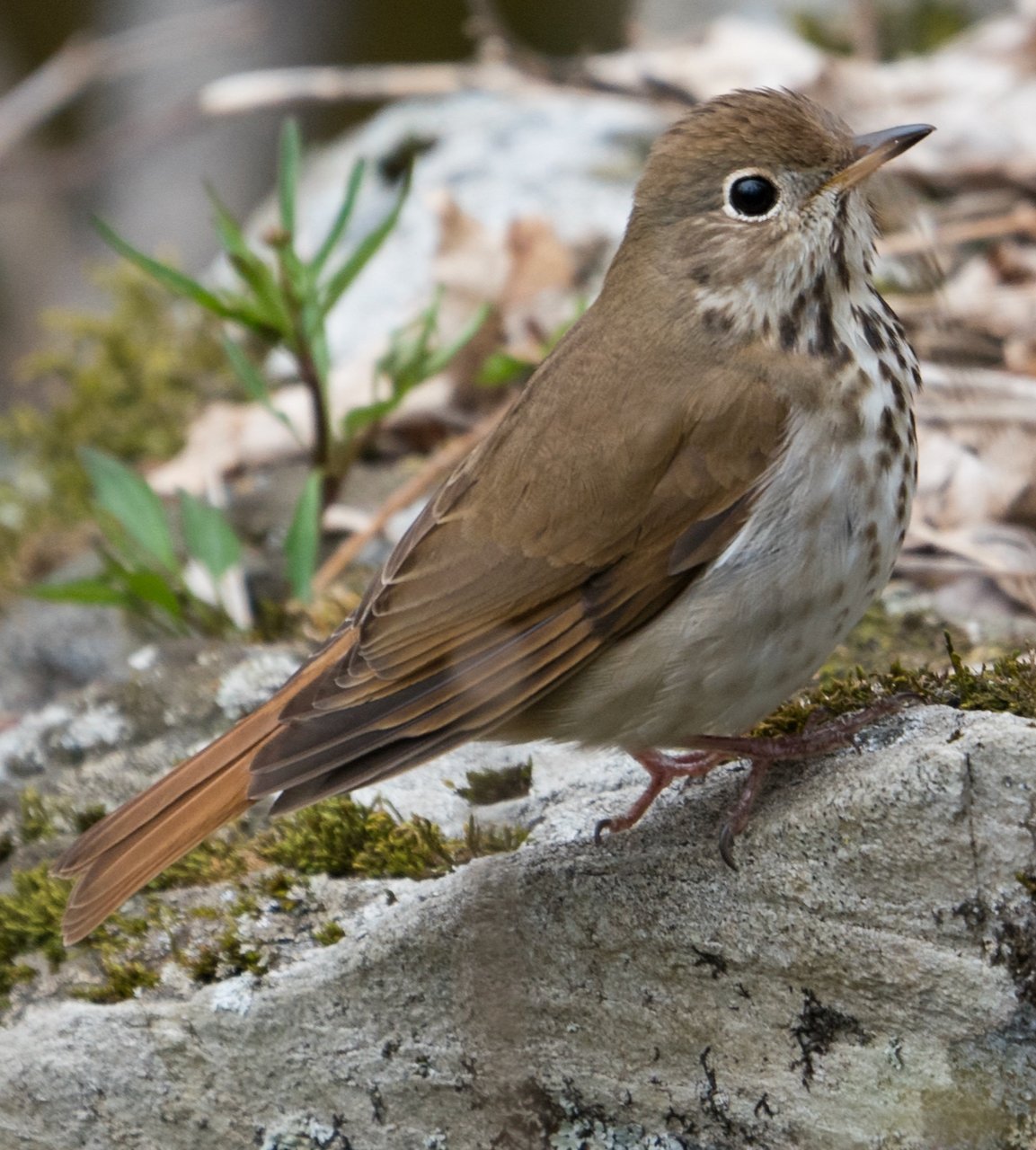
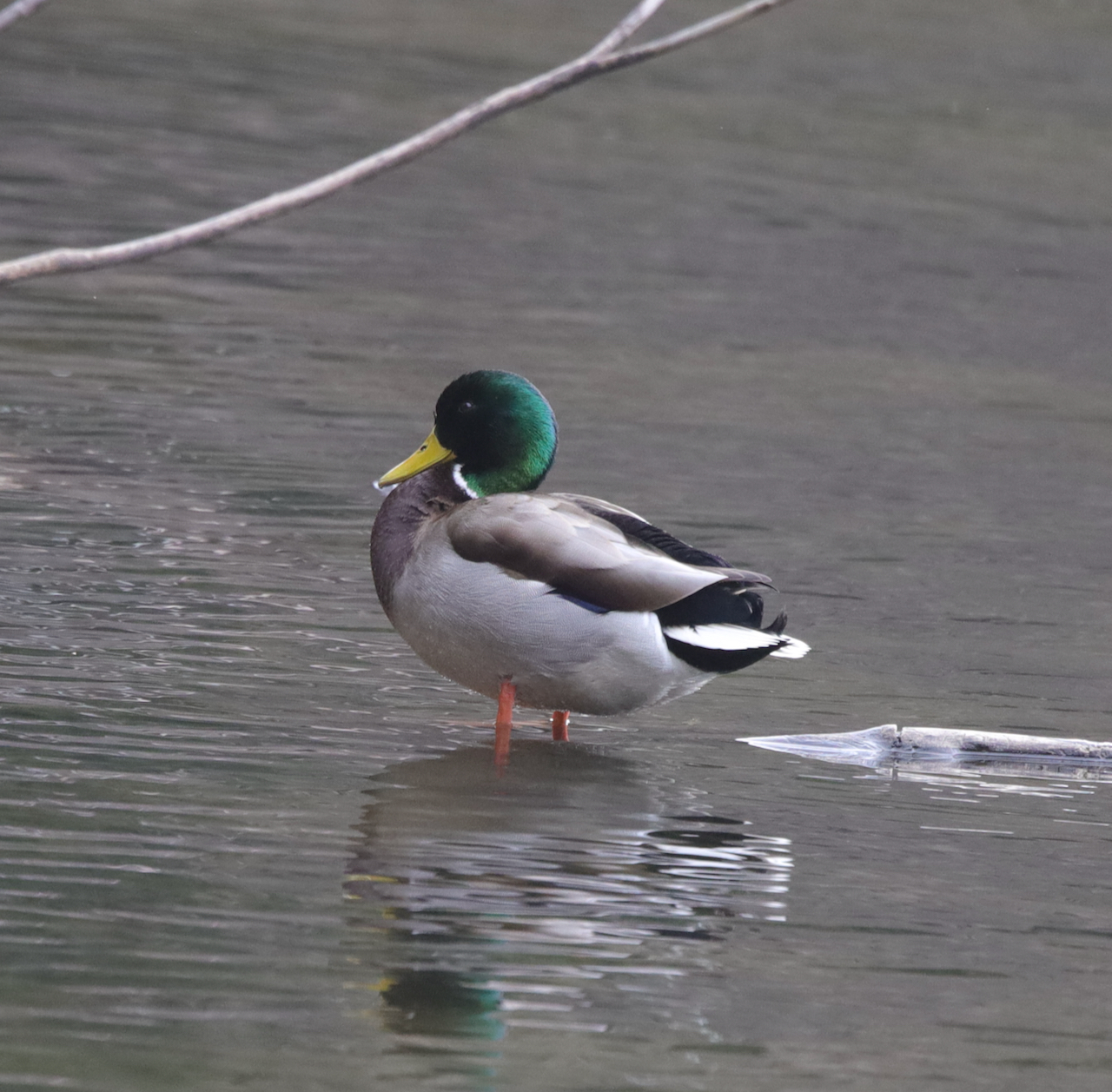



Leave A Comment